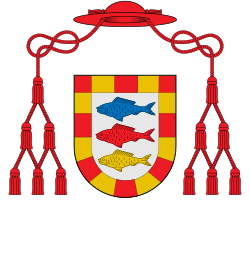This article includes a list of references, related reading, or external links, but its sources remain unclear because it lacks inline citations .(November 2024) |

Bernard Jarre (or Garves) (died 1328) was a French Cardinal in the period of the Avignon papacy.